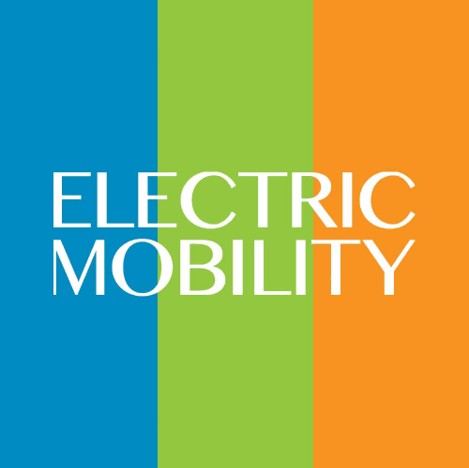
Whe it comes to maintaining your mobility product. We have Scotlands largest workshops. Stocked with everything needed to keep you mobile and comfotable. We deal direct with every world wide known manufacturer, this gives you peace of mind when it comes to getting and work done. We only use genuine parts and products.
Mobility Scooter servicing £45
This price is for drop off and collection at any of our stores.
At home servicing £110
This is a full mobility scooter service carried out at your home. Our Van is fully kitted out for all possibilites








